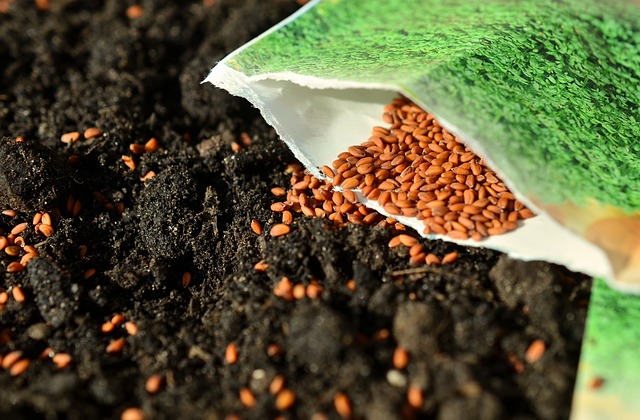
Home gardening is a hobby in which many homeowners take part. There are a number of benefits that come with the art of home gardening. Many people find it therapeutic, but gardening also benefits the home. Incorporating landscaping into your home’s exterior layout increases its resale value and also makes the property more esthetically pleasing. And it’s easy to get started on your own home gardening projects.
Home Gardening Benefits
Gardening is often viewed as a calming activity. Many people feel that gardening provides them with time to center themselves, connect with nature, and take pride in creating something out of nothing. There are many benefits associated with home gardening, including some that may be surprising. For instance, doctors often recommend gardening as a way to combat obesity, as this hobby can burn as many calories as an intense cardio workout. Home gardening has also proven to lessen the risk of osteoporosis and diabetes. Aside from the physical benefits of home gardening, it can also provide a homeowner with many personal benefits, the largest being a sense of satisfaction. Those who take time to turn their gardens into works of art are often complimented by neighbors and other passers-by, leaving them with a feeling of great pride. Home gardeners can also save money: Growing fruits and vegetables in your garden will lessen what you have to spend on produce at the store, leaving you with more room in your budget to save or spend elsewhere.
- Gardening’s Surprising Health Benefits
- Four Surprising Benefits of Gardening
- Youth Gardening Benefits
- Benefits Gardening Provides to the Elderly (PDF)
- Get Fit by Gardening
- Benefits and Constraints of Home Gardening (PDF)
Home Gardening How-To
The first step in starting your own garden is to determine what you want to grow. Are you looking to spruce up your front lawn? Consider planting some colorful perennials around your walkway and driveway to draw attention to your landscaping. Are you looking to grow fruits and vegetables for you and your family to enjoy? Convert your backyard into a fresh produce grocer by planting edible crops. If it is your first time planting food, it is recommended that you start small with items like tomatoes, peppers, or squash. It is important to consider how many people you are planning to feed, as this will determine how much you need to grow. Once you have figured that out, you will be able to determine how much space you need. Don’t forget to think about the location of the sun and the quality of the soil you will be planting in. After your seeds have been planted, be sure to monitor their water intake. Check on the plants daily to ensure that there is no damage from weather elements or animals. In time, you will have delicious produce to eat or beautiful flowers to look at!
- How to Grow Perennials
- Rose Gardening Tips
- How to Grow Food in a Burlap Bag
- Grow Your Own Groceries
- Home Gardening Tips and Tricks
- Kitchen Gardening 101
Planting Trees
Contrary to popular belief, planting a tree is not as simple as digging a hole. A lot of important prep work needs to take place before you can actually plant a tree. First, you need to determine what type of tree you will be planting. This will determine factors like the space necessary for the tree to go in and what time of year will be best to plant the tree. Most trees do well when they are planted in early spring, but there are some trees that grow better when they are planted in the early fall. Research the tree you wish to plant to ensure that it will do well in your home garden. Once you have determined these factors, you can dig a hole to plant your tree in. The hole should be four to five times larger than the root bulb you are planting. Cover the bulb, being sure not to leave any roots exposed. Water your newly planted tree, then cover the soil with mulch to help protect the tree’s roots. If necessary, stake the tree to provide it with support (at least during the tree’s first year of growth).
- How to Plant Trees
- Planting Trees
- New Tree Planting (PDF)
- The Science of Planting Trees
- Planting Landscape Trees and Shrubs (PDF)
- Selecting and Planting Landscape Trees (PDF)
Composting
Composting is when a homeowner takes organic matter, such as fruit and vegetable peels and coffee grounds, and allows them to decompose in order to create organic fertilizer. Most often, compost is used for home gardening purposes. The process starts with dampened organic matter, or green waste. This typically consists of leaves and other food waste. After a period of time and in the right conditions, this matter breaks down into humus, a nutrient-dense matter that works wonders for plants.
- Composting Guide
- How to Make Compost
- Compost and its Benefits
- Home Composting
- Backyard Composting
- Composting Fundamentals
Herb Gardens
Growing an herb garden can be a satisfying and relaxing activity for a homeowner. Herbs are among the easiest types of plants to maintain, requiring very little upkeep, and they provide you with flavorful additions for your home-cooked meals. You can grow herbs in pots or in the ground, but it is recommended that they be planted in the ground for the best results. Most herb plants prefer a good amount of sunlight, so it is important to plant them in an area where they will be exposed to the sun’s rays. When planting herbs, it is important to loosen the soil prior to planting to allow proper circulation of air and water. Once you have planted your herbs, it is important to check them daily and provide them with enough water. After a few weeks of growth, your herbs will be ready to enjoy!
- Starting an Herb Garden
- Herb Gardening
- Growing Herbs at Home
- Growing Herbs (PDF)
- Growing Herbs for the Home Gardener (PDF)
- Best Herbs to Grow and Eat at Home
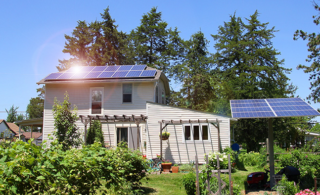 Organic Home Gardening Tips to Feed Your Whole Family
Organic Home Gardening Tips to Feed Your Whole Family 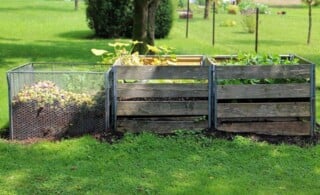 Composting and Landscaping at Home
Composting and Landscaping at Home 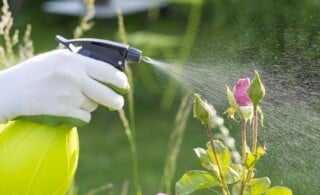 Gardening Hacks to Protect and Nourish Your Plants
Gardening Hacks to Protect and Nourish Your Plants 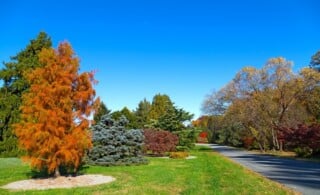 Backyard Tree Identification Guide
Backyard Tree Identification Guide  DIY Backyard Soccer Field: A Guide to Cost, Materials, and Legalities
DIY Backyard Soccer Field: A Guide to Cost, Materials, and Legalities 

Are You Familiar With This Topic? Share Your Experience.